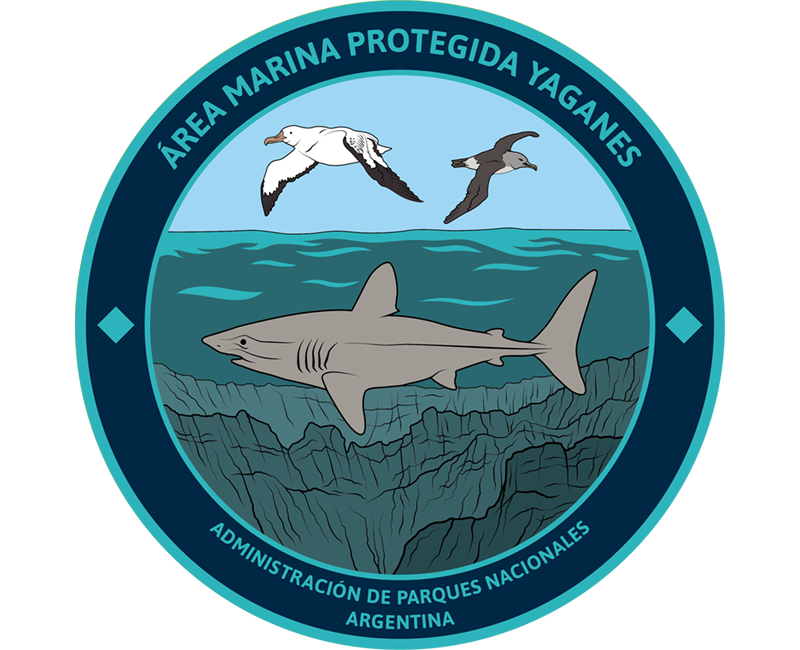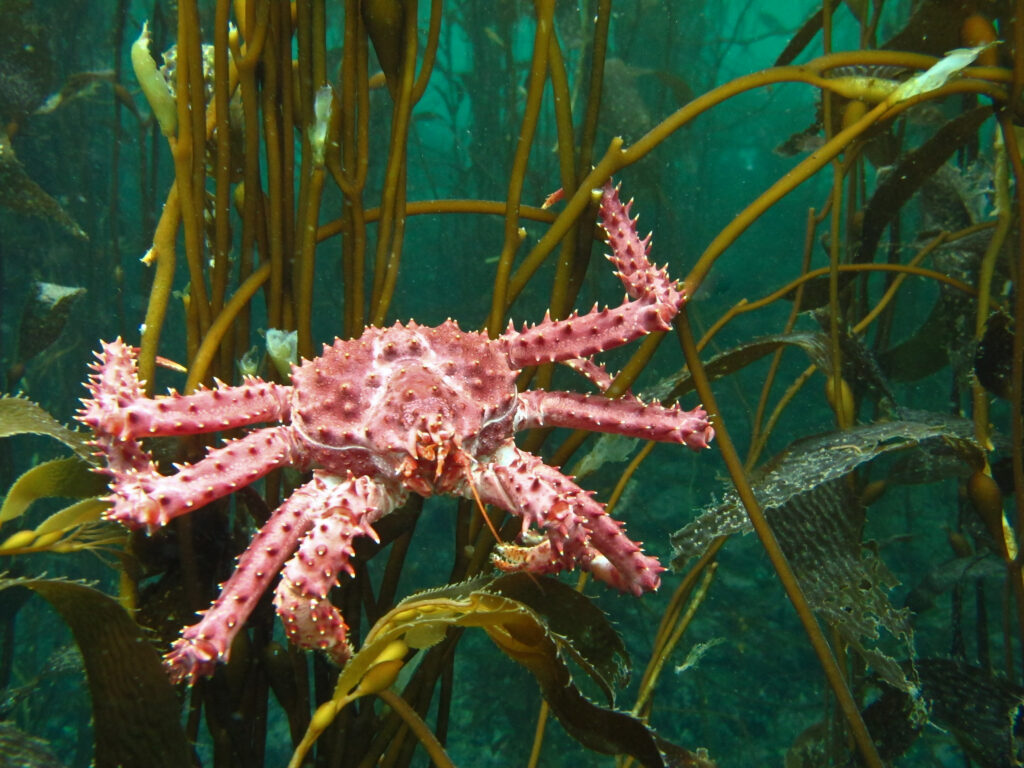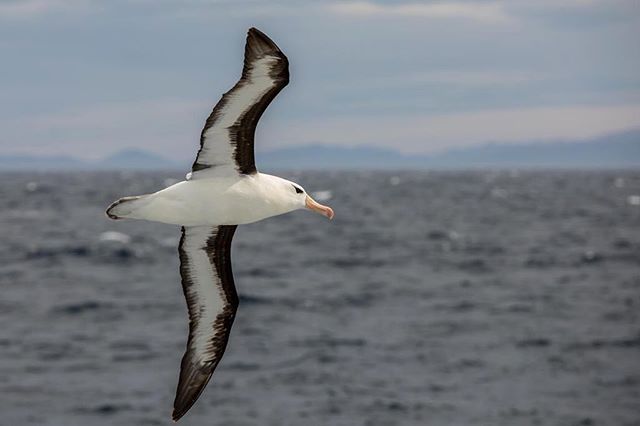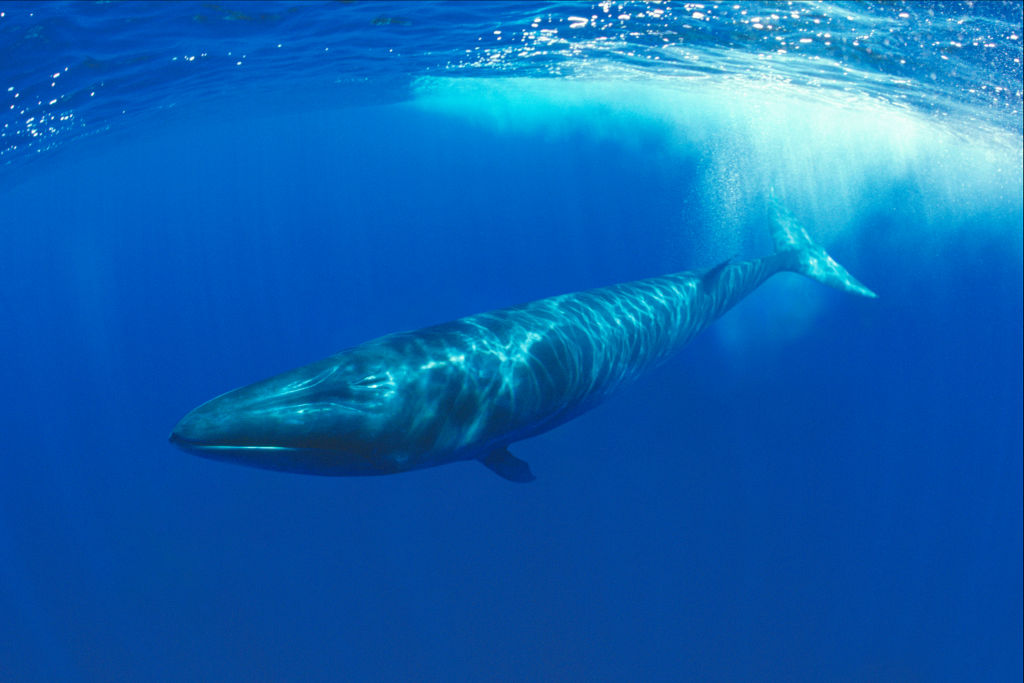It is located at the southern end of the Argentine Sea, in national waters south of Tierra del Fuego, and Isla de los Estados, in the Drake Passage that connects the Atlantic Ocean with the Pacific Ocean. It is a large polygon whose western edge represents the international boundary with Chile. The conservation area covers 69,000 km2, encompassing both the soils of the continental shelf and those of the continental slope. The seabed of this area is still largely unexplored.

CONSERVATION
Yaganes encompasses two highly productive sectors of the sea. The bottom relief is steep with different shapes, which allows the existence of different types of habitats at the edge of the continental shelf, reaching large depths. The conservation and protection of the area are key to the life cycle of several species of fish, birds, mammals, and cetaceans. Especially for many endemic species that are not found naturally in other parts of the world.

VALUES
Yaganes is of fundamental importance as a feeding and migration area for nationally and globally threatened seabird species, as well as for a great number of marine mammal species; this is why we call it a "supermarket" and a "highway of the sea". It is also an area of high marine productivity because its steep bottom with different shapes allows the existence of diverse habitats. It is a biodiversity hotspot and meets the seven criteria for ecologically and biologically significant marine areas of the Convention on Biological Diversity.
MARINE LIFE
The Sei and Minke whale, the dusky and hourglass dolphin, the wandering albatross, and the Magellanic penguin are some of the species that inhabit the Yaganes area. They also are home to bottom-dwelling organisms that function as indicators of vulnerable marine ecosystems and include aggregations of rare, fragile, and slow-recovery species, such as cold-water corals. Many of the species are endemic, meaning that their distribution is limited to this geographic area, and they are not found naturally anywhere else in the world.



THREATS
Most of the 67 endangered species in the Argentine Sea migrate or feed within the Yaganes area. Bycatch, overfishing, and pollution are some of the threats in the area. Different fishing gears, such as bottom trawling, also pose threats to the benthic species that inhabit the area.
SCIENCE AND RESEARCH
It is a relevant area for the life cycle of several species of fish, birds, sea lions, elephant seals, and cetaceans. The detailed exploration of this extensive marine area may lead to the discovery of numerous species, which have never before been discovered by scientists.